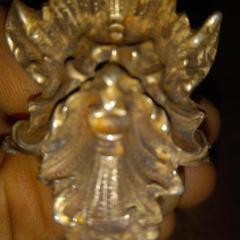-
Recently Browsing
- No registered users viewing this page.
-
Topics
-
Posts
-
Thanks Richard - Send me a PM - we shall discuss and get you set up 👍
-
By RichardHarris123 · Posted
It's a good point, we really love the forum and are scared of losing it. @Mark do you mind if we exchange contact details? What happens if you don't wake up in the morning? Hopefully not but @Neverenoughwatches is correct, who knows. Could the site be passed on to someone else? It would be a travesty to loose contact with each other and also so much information. Please note, the question arised because we care so much. We wish that you will live for ever but none of us will. Beat me too it. -
As long as it’s legal and not spamming, information shared in private messaging between two consenting members is no concern of mine matey 👍 this isn’t eBay 🤣
-
By Neverenoughwatches · Posted
Thanks for the reply Mark, much appreciated. If i can bring up one point, you touched upon your morality, something that no one has any control over their own. Its not something i like to ponder on either, but i openly discuss anything, no subject is barred in the right situation, some folk dont like it , some folk dont mind. So if i can ask, how do you feel about members that are willing to participate in some kind of exchange of contact information, members that wish to stay connected with each other ? -
By sub2001zero · Posted
I have this case that I got with some watch parts but I don't if it real or fake. I see that watch has the wrong screw down barrel on the case am I right or wrong.
-






Recommended Posts